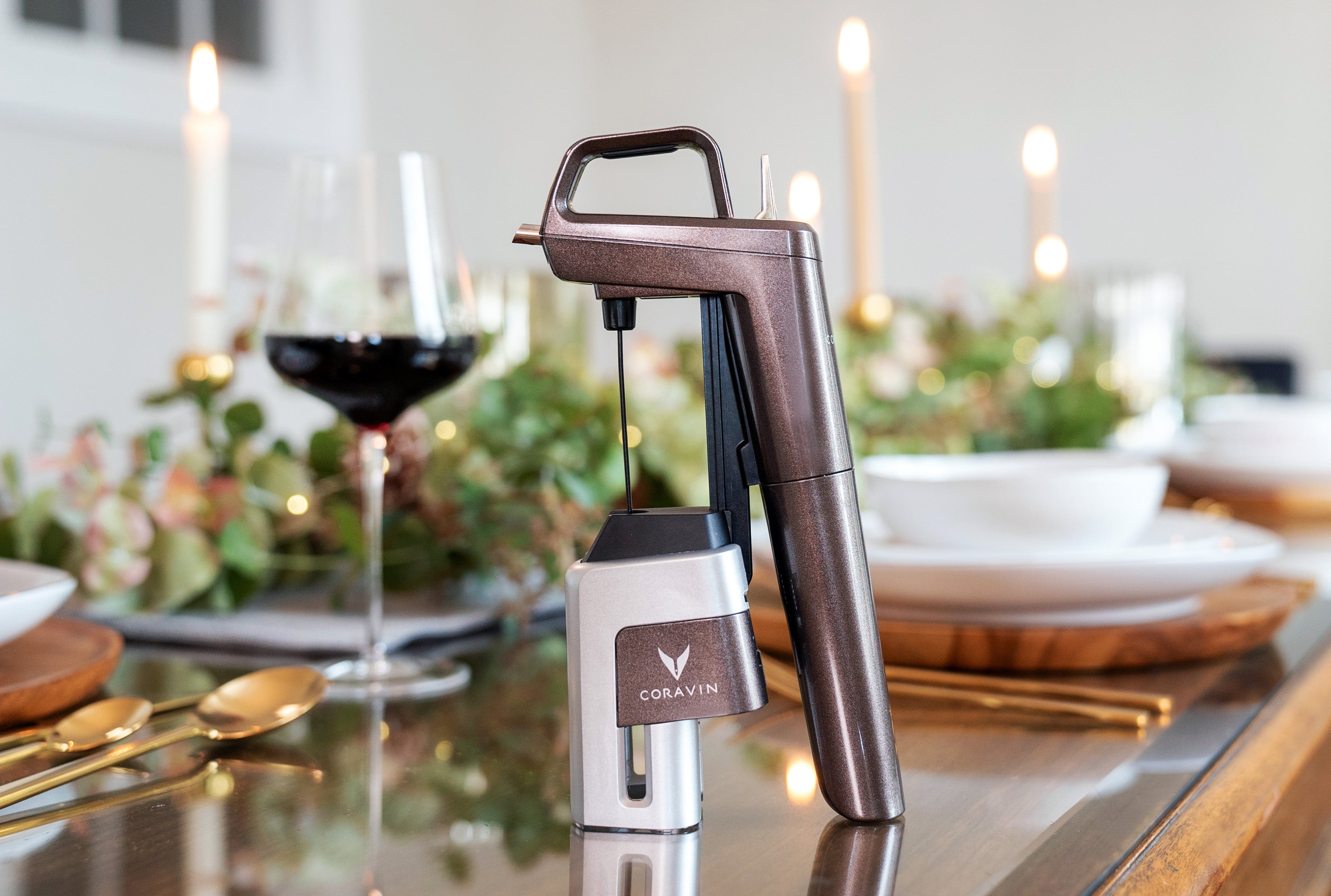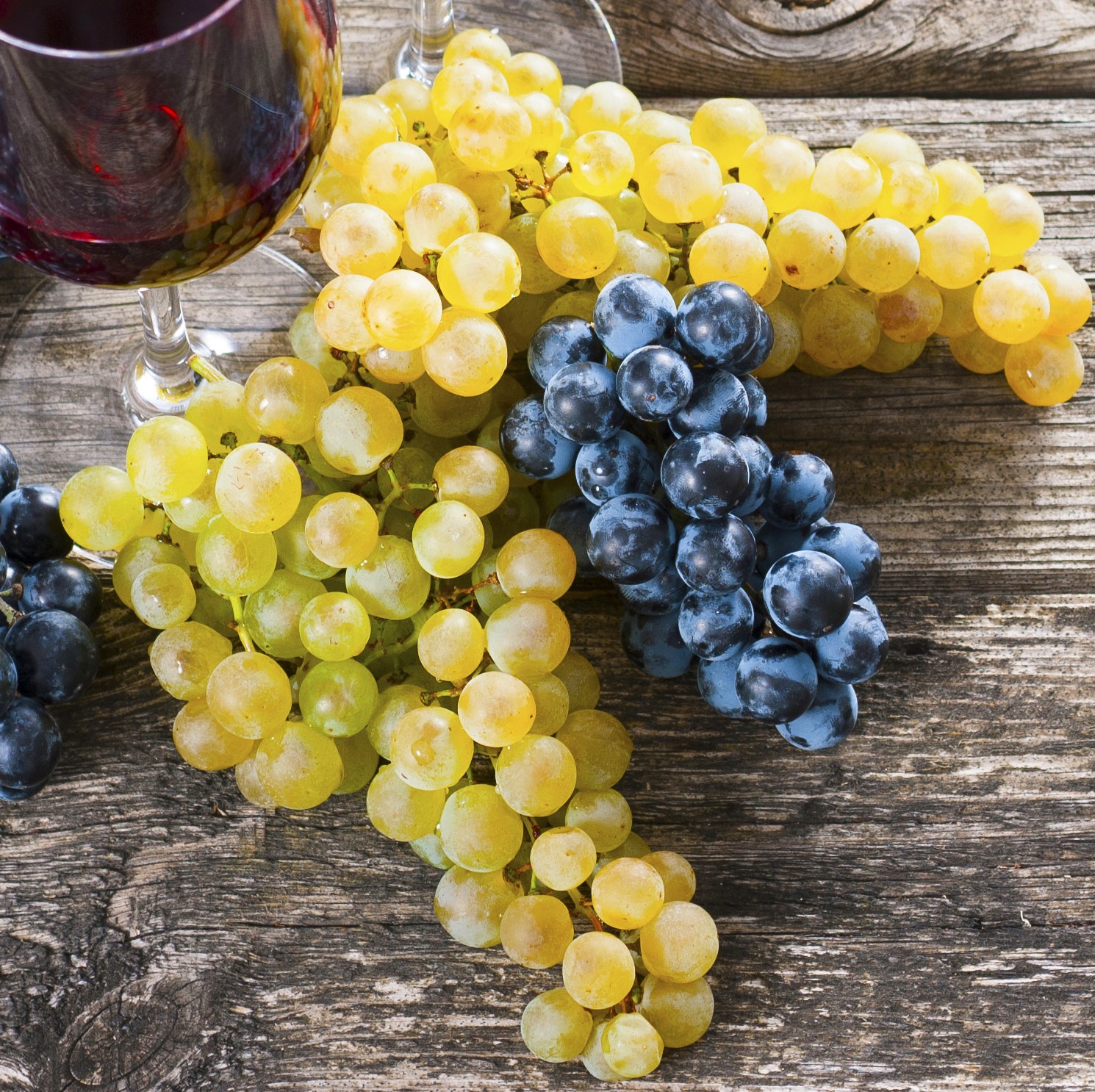Best Wineries For Sunset Views In Sebastopol - Best Vineyard In Sonoma
Wine tasting is an art that requires practice and an understanding of varied features involved within the process. One essential component of wine tasting is the event and interpretation of tasting notes, which serve as a guide for both novices and seasoned connoisseurs. A Guide To Understanding Winery Wine Tasting Notes can enhance your wine-tasting experience, making it more meaningful and pleasant.

Tasting notes are concise descriptions that seize the essence of a wine’s flavors, aromas, and overall character. Often composed by professional tasters, winery tasting notes offer insights into the nuances of assorted wines. They can help wine enthusiasts perceive what to anticipate from a selected bottle. Nonetheless, tasting notes can differ widely in style and detail primarily based on the writer's experience and palate.
Wineries That Offer Barrel Tastings - Top Wineries To Visit In Sebastopol
When you first method a glass of wine, your senses will start to engage immediately. The sight, smell, and style of the wine will converge to offer you a complete experience. Tasting notes usually begin with the visible evaluation, where the colour of the wine is taken into account. Shade plays a major position in indicating the wine’s age, grape selection, and even its flavor profile.
After assessing the visual side, the subsequent step entails swirling the wine in the glass. This motion aerates the wine, allowing its aromas to awaken. Smelling the wine supplies critical perception into its complexity. The initial sniff can ship a flood of scents that may embrace fruity, floral, herbal, or earthy notes. This is usually essentially the most subjective part of tasting, as particular person experiences can dramatically differ.
In winery tasting notes, descriptors are often categorized into major, secondary, and tertiary aromas. Primary aromas often stem from the grape selection, secondary aromas derive from fermentation processes, and tertiary aromas arise from growing older. Understanding these classes can help you recognize the depth of a wine, and they also provide the vocabulary to express your experience better.
Wineries In Sebastopol - Finding Good Wineries For Wine Tasting
Following the olfactory encounter, your focus will shift to the taste of the wine. This is the place the first characteristics—sweetness, acidity, tannins, alcohol—come into play. Tasting notes often element these flavors in multiple dimensions, including the preliminary assault on your palate to the lingering finish in your tongue. A high-quality wine will current a harmonious stability between these factors.
Whereas tasting, it is important to contemplate the physique of the wine, which could be described as light, medium, or full. The body contributes considerably to your general impression, helping you contemplate how the wine pairs with food or whether it stands alone as a sipping wine. Balancing the physique with the other traits provides you with a fuller understanding of what the wine has to supply.
The finish of the wine, additionally referred to as the aftertaste, is another crucial aspect typically included in tasting notes. A long, nice finish often indicates a better quality wine, whereas a short or cloying aftertaste might suggest in any other case. Evaluating the finish can supply further insight into the wine's complexity and distinction.
Understanding the context of winery tasting notes can additionally be useful. Tasting notes can present contextual information about the winery's location, climate, and grape-growing practices. This context provides another layer of appreciation for the wine, permitting enthusiasts to attach the sensory experience with its origins, thus enhancing the enjoyment further.
Wineries With Breathtaking Gardens In Sonoma - Top Sonoma Wineries To Visit
Many wineries provide tasting notes on their websites or labels, usually written in an approachable but informative style. Nevertheless, not all winery tasting notes are created equal. Some may be overly technical, while others would possibly prioritize advertising flair over insightful analysis. Studying to navigate these notes can arm you with the information to make informed selections when deciding on wines.
Participating in tastings at wineries can even deepen your understanding of wine tasting notes. Interacting with knowledgeable staff can provide you a more hands-on approach to exploring different wines and the language used to explain them. Wineries Producing Pinot Noir And Chardonnay. You'll have the chance to ask questions, interact in discussions, and potentially refine your palate in actual time.
Experimentation is crucial for mastering wine tasting check my site notes. As you pattern totally different wines, attempt making your personal notes. Focus on describing the wine’s color, aroma, style, and finish. Over time, you’ll develop a personal vocabulary that resonates along with your sensory experiences. Every note you create will help refine your palate, allowing you to understand wines at a deeper degree.
Wineries With Educational Tours In Sonoma - Vineyard Visits And Wine Tasting In Sonoma
In conclusion, a Guide To Understanding Winery Wine Tasting Notes provides a complete framework for diving into the world of wines. It equips you with the strategies and language necessary to articulate your experiences. Whether you are a casual drinker or a dedicated aficionado, understanding and utilizing tasting notes can profoundly influence your wine journey. This information not solely enhances your enjoyment but also connects you deeply with the rich narratives every bottle tells. By embracing this journey, you turn into a part of the attractive mosaic of wine tradition, the place each sip unveils a brand new story waiting to be found.
- Wine tasting notes typically encompass quite so much of sensory descriptions, including aroma, flavor, acidity, body, and finish, permitting tasters to completely respect the wine's traits.
- To improve your understanding, familiarize yourself with frequent wine terminology corresponding to "tannins," "oakiness," or "terroir," which may help decipher the notes more successfully.
- A systematic method to tasting involves first visually assessing the wine's color and clarity, followed by swirling to release aromas, then inhaling and describing what you experience.
- Taking notes throughout tasting might help identify patterns over time, improving your palate and making it simpler to recall preferences for future choices.
- Don't overlook the affect of food pairings; tasting notes can differ tremendously when a wine is enjoyed with complementary flavors, altering perception and pleasure.
- Pay attention to the wine’s vintage, as climatic conditions in a given year can considerably affect the ultimate product, including another layer to the tasting notes.
- Consider the winemaker's style and philosophy, which may shape the wine's profile and impression how its notes evolve with every sip.
- Training with different grape varieties can broaden your vocabulary; each type brings distinctive characteristics that may enhance your ability to articulate tasting notes successfully.
- Engaging with wine professionals or attending tasting events can present useful insights, offering a richer context for understanding personal tasting notes.
- Bear In Mind that tasting is subjective; individual preferences and experiences will form one’s interpretation of the same wine, enriching the overall enjoyment of wine exploration.
What are wine tasting notes?
Wine tasting notes are descriptive comments made by tasters concerning the look, aroma, taste, and finish of a wine. They present an overview of the wine's characteristics and may help consumers perceive the style and high quality of the wine.
Unique Wine Blending Experiences In Sonoma - Sonoma's Hidden Winery Gems
Why are tasting notes necessary when choosing wine?
Tasting notes can guide you in choosing a wine that fits your palate. They present insights into flavors and aromas, helping you to match wines with food or occasions. Understanding these notes enhances your total wine experience.
How should I learn wine tasting notes?
(Wineries Featuring Seasonal Wine Events In Sonoma)
Wineries With Sustainable Practices - Wine Tasting At Sonoma Vineyards

When reading wine tasting notes, take note of the construction: look for descriptions of colour, aroma, flavor, and end. This will help you grasp the wine's profile and determine visit site if it aligns with your preferences.
What terms generally seem in wine tasting notes?
Common phrases embody "tannin" (the structure), "acidity" (the crispness), "body" (the weight), and numerous flavor descriptors like "fruity," "earthy," or "spicy." Familiarizing your self with these phrases can deepen your understanding of wine.
Local Favorite Wineries In Sonoma - A Winery In The Sonoma Valley To Discover
Can I create my very own tasting notes?
Yes! Writing your individual tasting notes can enhance your wine tasting experience. Focus in your observations of taste, aroma, and other sensory characteristics. This personal practice can help you refine your palate over time.
How do I identify the aromas in wine tasting notes?
Wineries In Sebastopol - Sonoma's Premier Wine Tasting Events
To identify aromas, practice smelling quite so much of scents and associating them with wines. Swirl the wine in your glass to launch its aromas, then take a second to breathe in deeply earlier than figuring out any prominent scents.
What is the difference between professional and private wine tasting notes?
Professional tasting notes may use more technical language and particular terminology, whereas personal tasting notes are subjective and reflect individual experiences. Each are priceless for understanding and enjoying wine, but personal notes might resonate extra with your unique tastes.
How can tasting notes improve my wine appreciation?
Wineries Ideal For Large Groups - Discovering Sebastopol's Wineries
Tasting notes can improve your appreciation by helping you to know and articulate the complexities of wine. They encourage aware tasting and provide a framework for comparing different wines, resulting in a richer enjoyment of the beverage.
Are there any apps or instruments to assist with wine tasting notes?
Sure, there are several apps designed to help users report and manage their tasting notes. These instruments typically offer features like flavor wheel guides and wine database searches, making it simpler to trace your journey via different wines.